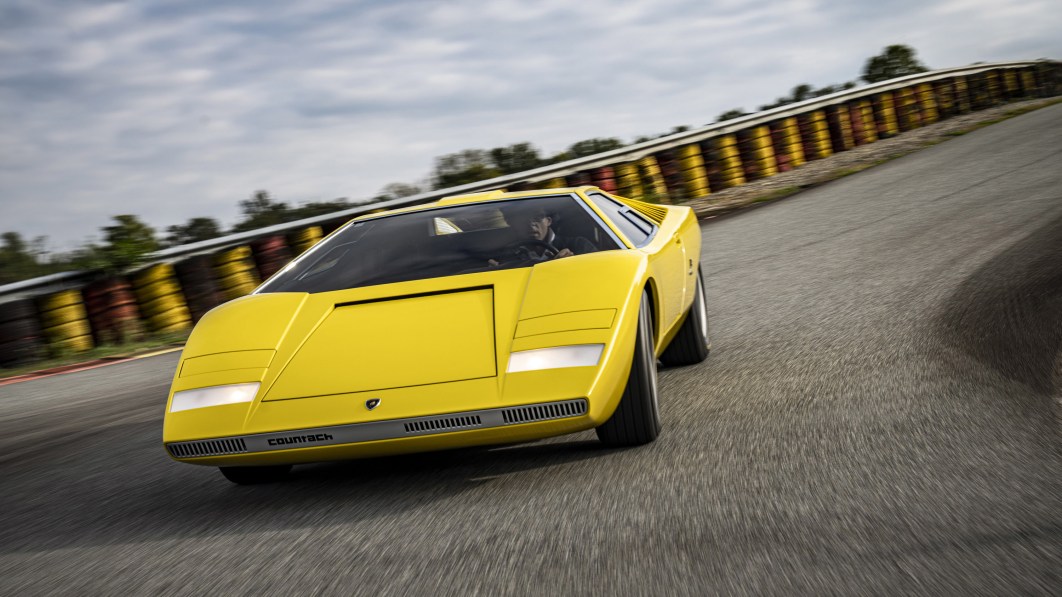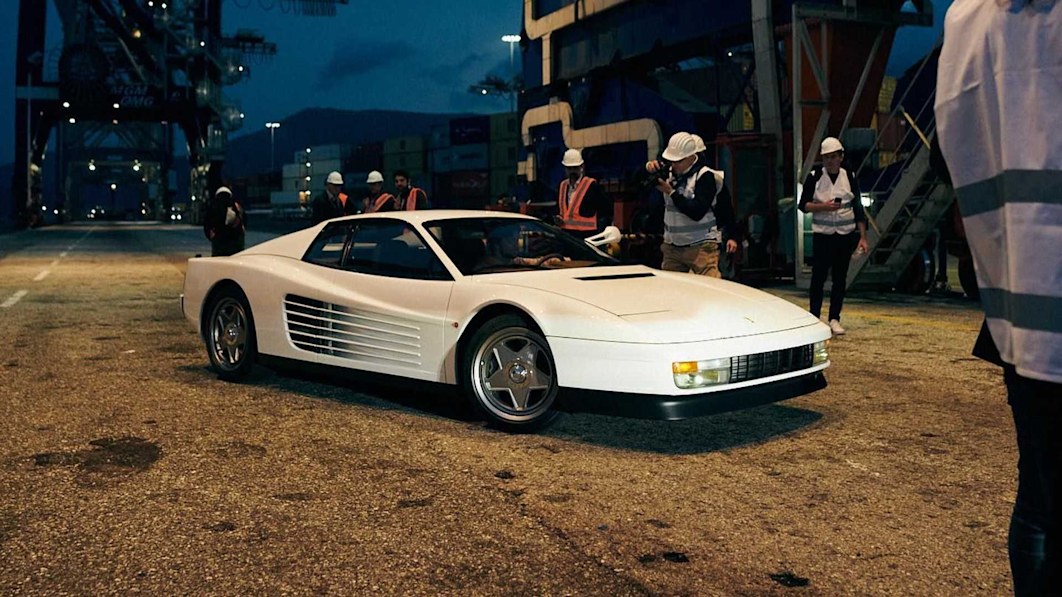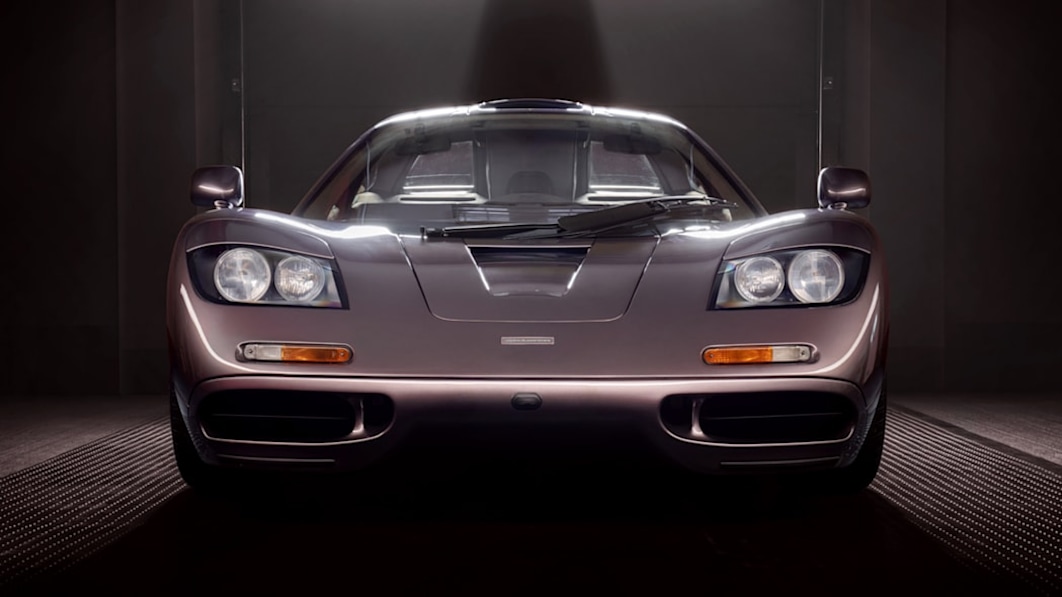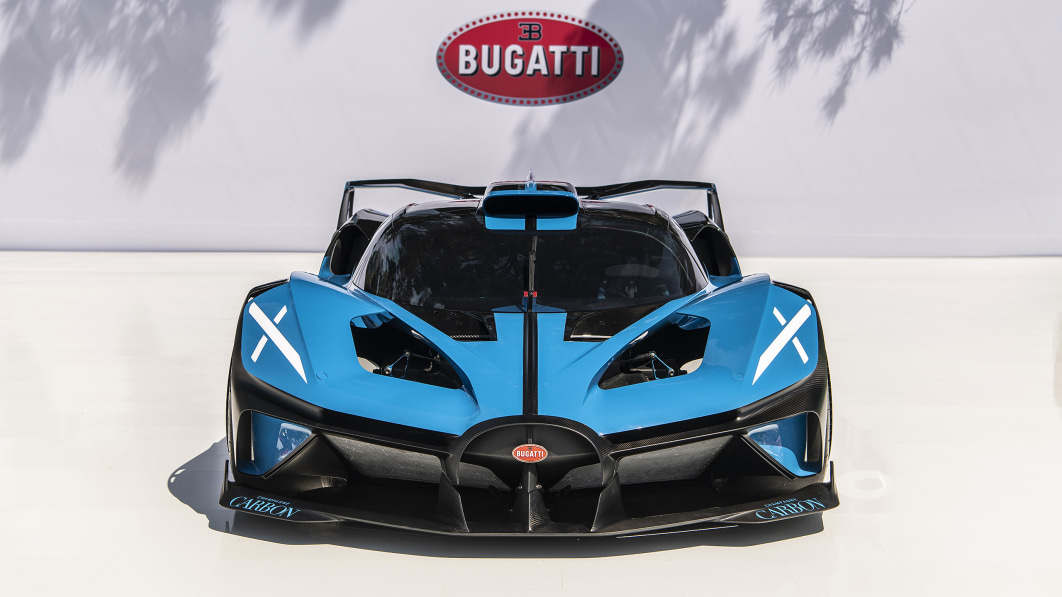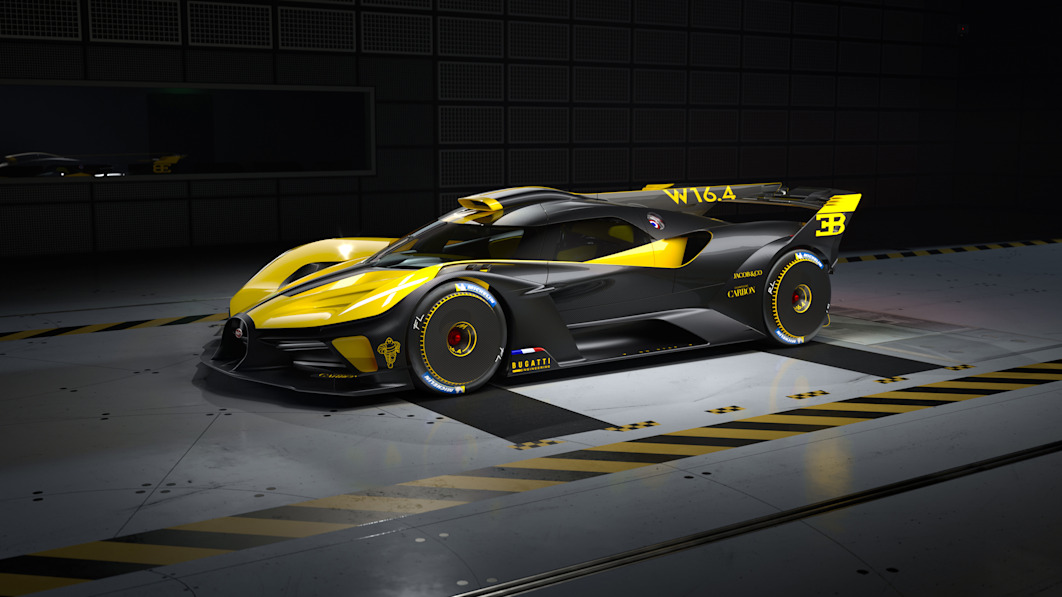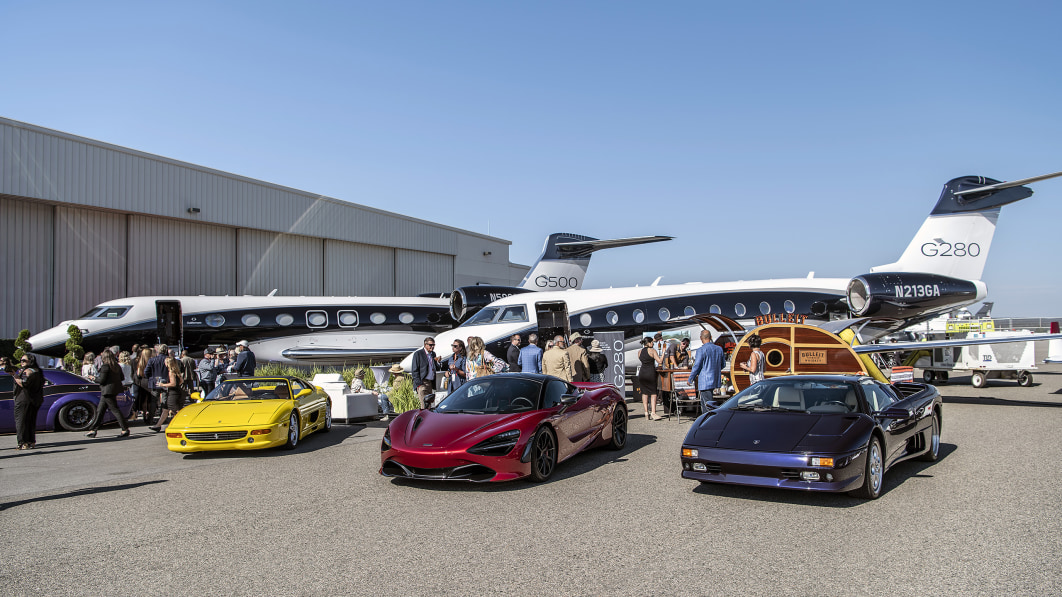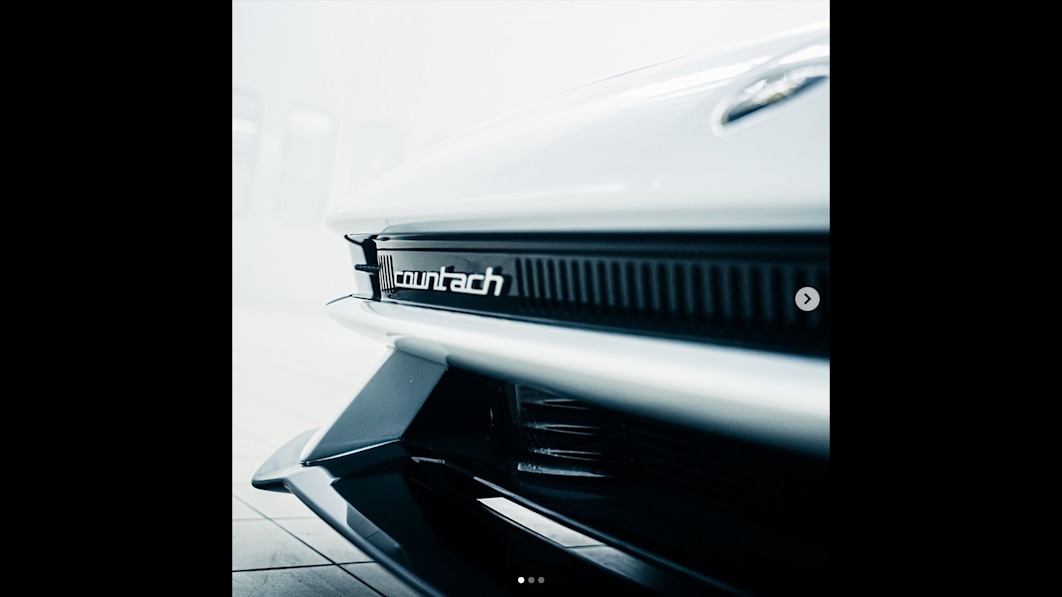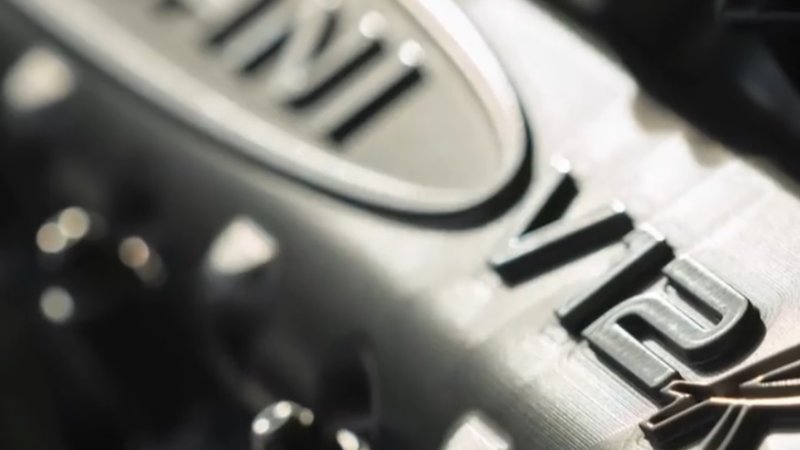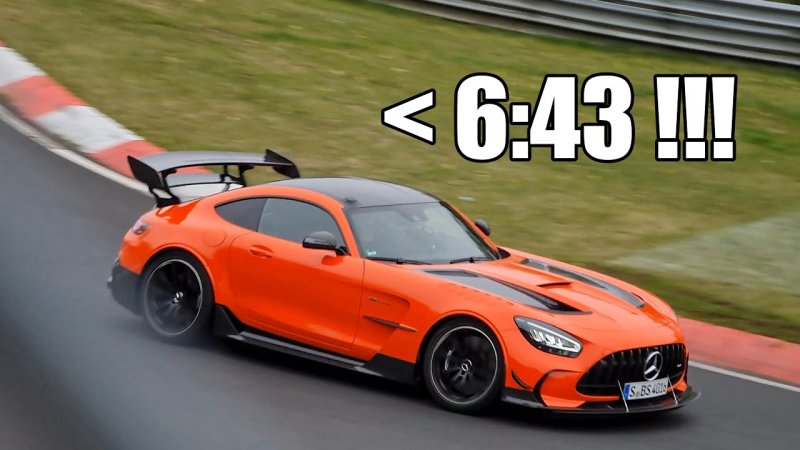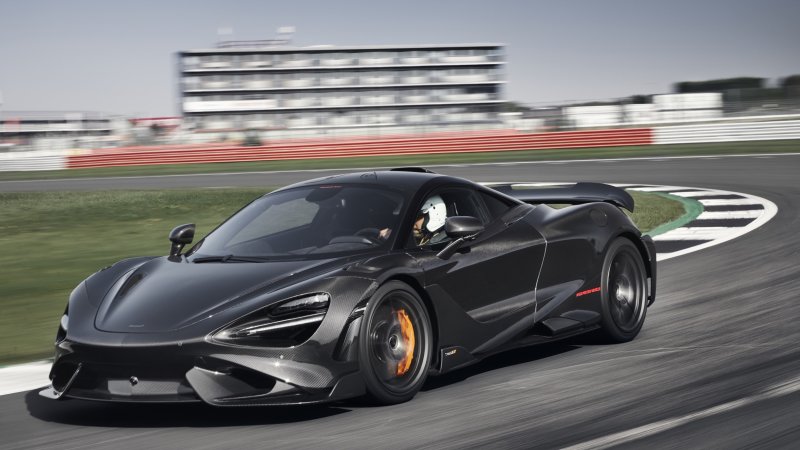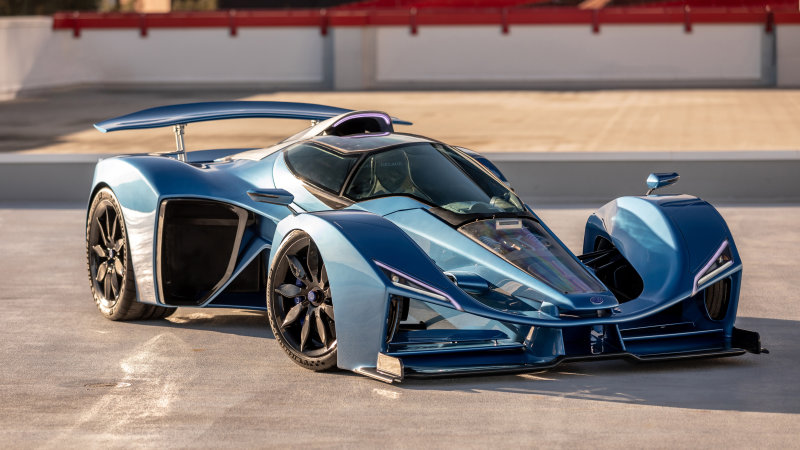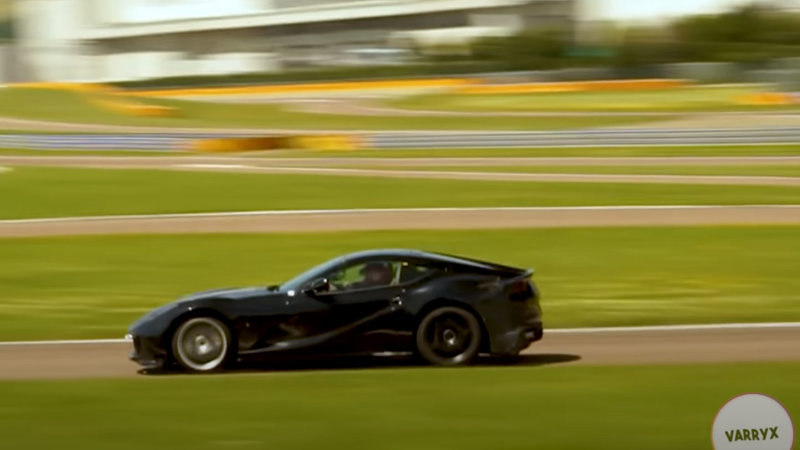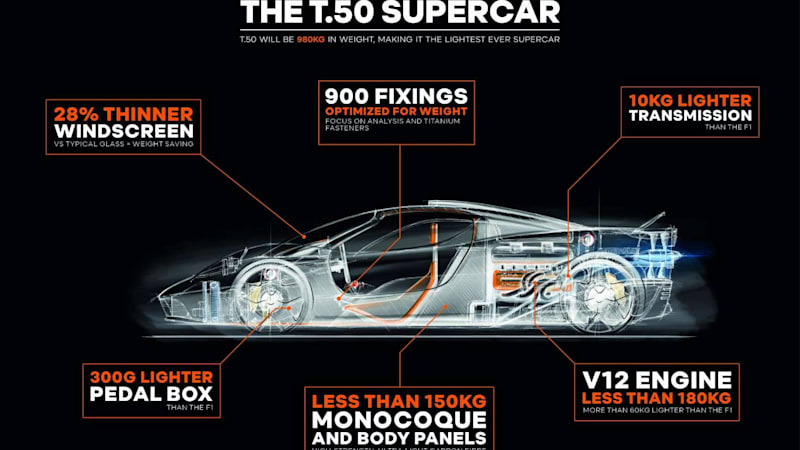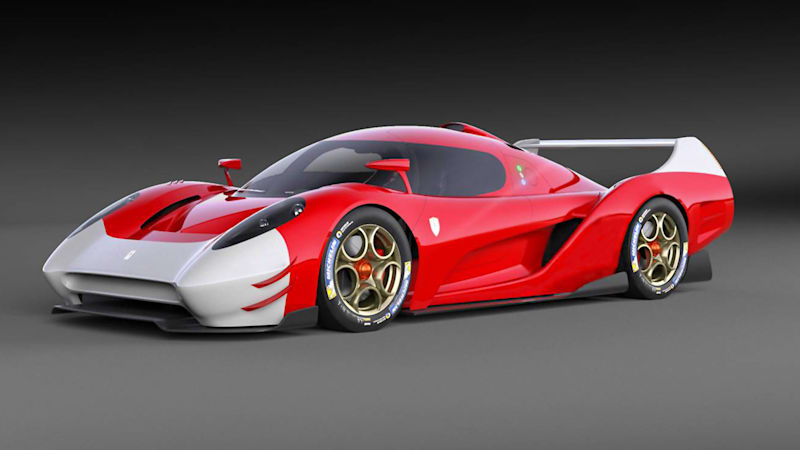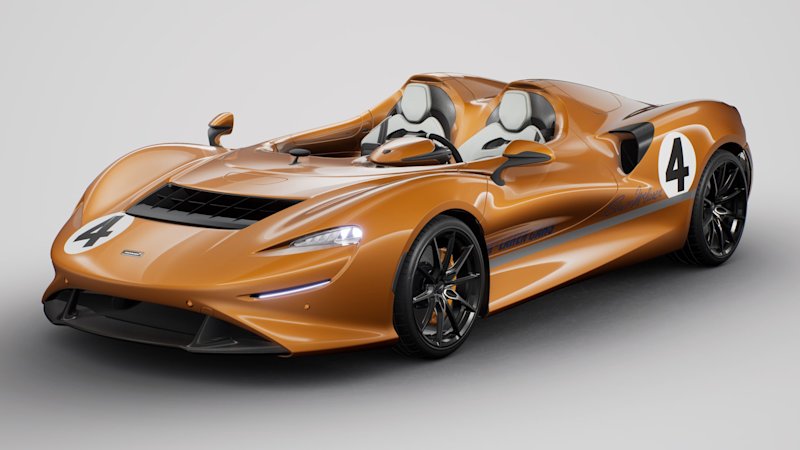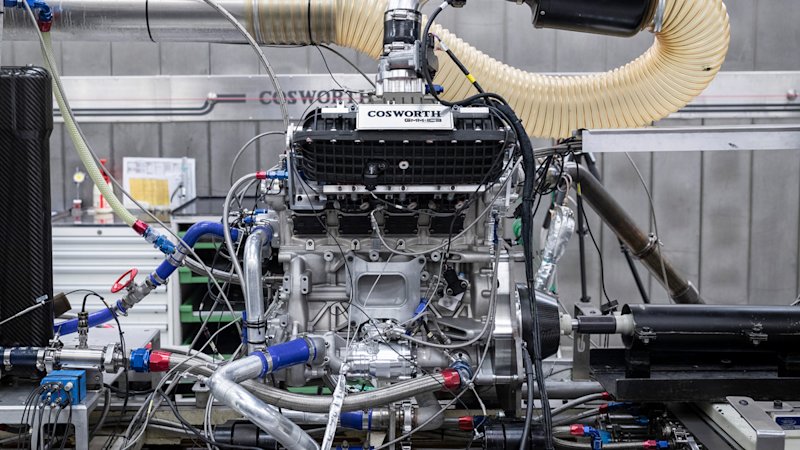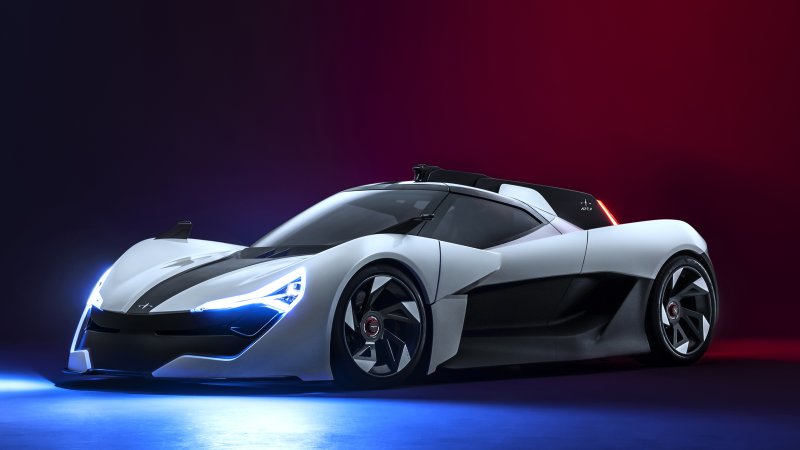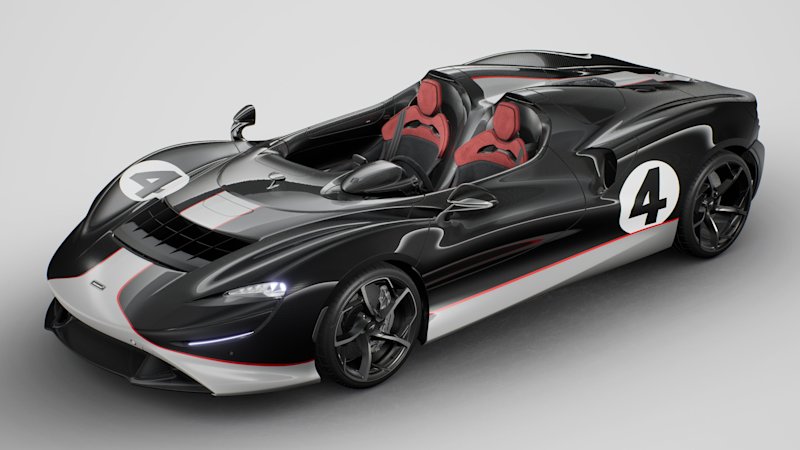Lamborghini Countach LP 500 prototype reconstruction baptized on track
After making a static debut at the Concorso d’Eleganza Villa d’Este, the reconstructed 1971 Lamborghini Countach LP 500 prototype has met the track for a proper shakedown. A banner day for all involved, no doubt, Pirelli loaned its Vizzola Ticino test track to Lamborghini, collector Albert Spiess from Germany and the contributors who helped create the car from scratch.
Spiess said he saw the original prototype at the Geneva Motor Show and then put a Countach poster on his wall as a kid, determined like so many other children for the next 15 years to have one. With the Geneva show car destroyed during crash testing, Spiess eventually determined to convince Lamborghini to build one anew. It likely didn’t take him more than 25,000 hours of cajoling to get a “Si” from the principals in Sant’Agata Bolognese, but that’s how long the carmaker’s historic division, Polo Storico, spent on the reconstruction. Polo Storico chief Stefano Castricini said it took “mad and desperate” research through archival materials, on top of the interviews with original workers and help from suppliers like Pirelli and PPG.
It doesn’t look like they worked the LP 500 too hard on track, but it’s not like they needed to. In a world awash in seven-figure customs and restomods from manufacturers, and smaller makers putting out cars with specs to make your eyes go googly — there will probably be three more announced next week — this one is special at any speed. For any who’d like to see it for themselves, this very item will be on display at Lamborghini’s MUDETEC Museum of Technologies in Sant’Agata Bolognese until November 15, alongside the bare tubular chassis of the production LP 400 (the customer cars got a more reliable 4.0-liter 12-cylinder instead of the prototype’s 5.0-liter unit), the second production LP 400 to go down the line, and a Countach 5000 Quattrovalvole.
Related Video:

